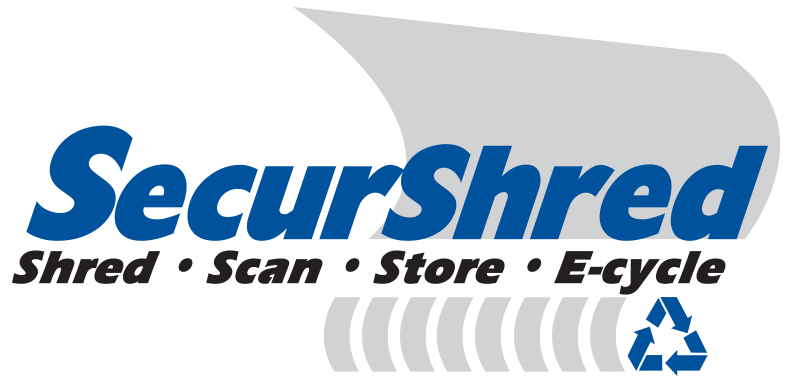How to Perform a Year-End Records Audit for Compliance
January is the perfect time to reset and prepare your business for a successful year ahead. One often-overlooked yet crucial task is performing a comprehensive records audit. Whether you’re managing physical documents or digital files, an audit ensures compliance with regulations and keeps your records system running efficiently. Let’s walk through the steps to get your records organized for the year ahead:
Step 1: Revisit Your Retention Policy
Start by reviewing your company’s document retention policy. Ensure it aligns with current regulations and covers both physical and electronic records. If it hasn’t been updated recently, now’s the time to address it. A clear policy is the foundation of compliant records management.
Step 2: Take Inventory of Your Records
Create a detailed inventory of your records. For physical documents, examine filing cabinets, storage rooms, and off-site facilities. For electronic files, audit shared drives, cloud storage, and databases. Knowing what you have—and where it’s stored—is essential.
Step 3: Identify Outdated Records for Destruction
Compare your inventory against your retention policy to identify records that are no longer needed. Be meticulous in this process to avoid accidental destruction of important files.
Step 4: Securely Dispose of Sensitive Information
For outdated documents and electronic media, prioritize secure destruction. Sensitive information should never end up in regular trash or recycling. Partner with a trusted shredding and destruction service like SecurShred to ensure secure handling and disposal. As a NAID-certified provider, we follow the highest security standards.
Step 5: Verify and Organize Retained Records
For records you need to keep, check their accuracy and organize them systematically. Label records with retention dates to make future audits easier and more efficient.
Step 6: Document Your Audit
Maintain a record of your audit process, including inventories of destroyed and retained files. This documentation demonstrates compliance and serves as a valuable reference for future audits.
Step 7: Stay Up-to-Date on Compliance
Industries evolve, and so do their compliance requirements. Confirm that your records management practices adhere to the latest regulations. Consulting with a compliance expert can provide additional reassurance.
Step 8: Plan for Better Records Management
Leverage insights from your audit to improve your system. Whether it’s upgrading to new electronic storage solutions, scheduling regular shredding services, or refining policies, a proactive approach will make next year’s audit even smoother.
Start the Year Right with SecurShred!
A fresh start begins with compliant and well-organized records. If you’re ready to streamline your audit process, we’re here to help. Call us at 877-863-3003 to schedule an appointment and start the year off on the right foot.

